Hello amazing plant parents!
Today, we will discuss everything about a remarkable hybrid Alocasia Maharani.
There are many exquisite Alocasia hybrid plants, but Alocasia Maharani is unique. This beautiful creation is known by many names, such as Grey Dragon. The leaves of this plant have a silver-green tone with a white veiny pattern, and the leaves become firm when fully mature, giving it an artificial exhibition.
Allied Species: Alocasia Sarian, Alocasia Pink Dragon, Alocasia Lauterbachiana, Alocasia Silver Dragon, Alocasia Stingray, Alocasia Regal Shields, Alocasia Nebula, Alocasia Tiny Dancer, Alocasia Dark Star, Alocasia Portora, Alocasia Cucullata, Alocasia Cuprea, Alocasia Maharani
Related Products
Products | Name | Check Price |
Organic Perlite for Plants | ||
WONDER SOIL Organic | ||
Orchid Potting Bark Mulch |
Habitat & Ecology
Alocasia Maharani is native to Southeast Asia. It’s a popular houseplant that is easy to grow compared to its persnickety relatives. You can plant this striking beauty in any pot inside or outside your home, making it nifty. It’s to be noted that it’s a rare plant, but because of its startling appearance and low maintenance, it’s worth the effort.
| Botanical Name: | Alocasia Maharani |
| Family Name: | Araceae |
| Common names: | Alocasia Grey Dragon, African Mask Maharani |
| Origin | Asia |
| Plant type: | Perennial plant |
| Size | 12- 14 inches tall |
| Humidity: | 60 %. |
| Temperature: | 54°F to 80°F |
| Light Need | Bright Indirect light |
| Soil | Well-drained Aroid Soil |
| Hardiness Zones | 10, USDA |
| Flowering | White spathe and spadix |
Growth of Alocasia Maharani
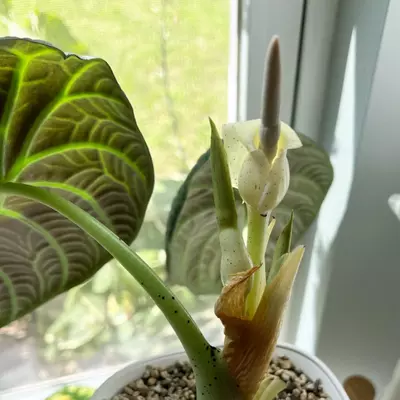
Alocasia Maharani is also called Jewel Alocasia and Grey Dragon Alocasia because of its compact growth and exceptional foliage. It’s a dwarf plant that generally grows to 12- 14 inches in height. It bears flowers in a spadix cluster that produces small flowers on one stem. The flowering happens in early spring and comes in an off-white color. However, this lovely plant is usually grown for its unique foliage.
Care Guide of Grey Dragon Alocasia
It’s an ideal plant for any home because of its easy care and distinctive appearance, but at the same time, it’s also tricky to handle for beginners like many other Alocasias. In this care guide, we will share all tricks and tips to keep this plant happy.

Initial Care of Alocasia Maharani at Home
As we have mentioned above, the growth of this unique plant is easy but needs some nurturing tricks that help keep it healthy and beautiful looking. When you first bring this beauty home, keep it in indirect sunlight as direct light will burn its leaves. Also, the plant is happy in moist soil; that’s why we recommend keeping the soil moist. Routine maintenance is another aspect that helps Alocasia Maharani to proliferate.

Watering
Alocasia Maharani likes its soil moist; therefore, please ensure to keep the moisture maintained throughout the year. Please don’t keep the soil soaked nether let it dry for too long. Improper watering may cause stress to the plant and will make it weaker.
The correct way to water Alocasia Maharani is the soak and drain method. Test the soil with the help of fingers; if the top few inches are dry, water it generously. Water until it starts dripping from drainage holes. Do not water this plant on schedule because it changes its watering needs depending on the temperature, season, and age.
During summers, you need to water it once a week, and during winters, reduce the spraying to every 10 to 14 days. However, central heating during winters may cause the soil to dry out, so we must keep an eye on the moisture levels and water it when necessary. We recommend using a moisture meter or sensor for certainty.

Light Need
Alocasia Maharani grows best in bright indirect light. Please do not keep it in direct light, or it will burn. It can tolerate medium light and dappled shade but not direct sunlight. If you intend to keep it indoors, the ideal room should be facing south or west.
It is always best to keep the plant container at least three feet away from the window to avoid direct sunlight. But it doesn’t mean you place the plant in the shade where light doesn’t reach it, as it needs plenty of indirect light for its green foliage and healthy growth.

Humidity and Temperature Requirements:
Alocasia Maharani likes humidity, and it grows well in a humid environment. Humidity around 80% is ideal for this plant, and it’s best suited in places like the kitchen and bathroom as these places produce plenty of steam. If you spot it near a frosted glass window, it will also benefit from the required humidity without being exposed to direct sunlight.
When the humidity is below 60%, the plant struggles to grow. Frequent misting is helpful, but please do it carefully. Too much moisture can also cause various diseases such as fungal attacks. Be sure to check the plant after a few hours of misting and remove the remaining water.
The ideal temperature for Alocasia Maharani is between 54-degree Fahrenheit and 80-degree Fahrenheit. If the temperature falls below 54-degree, keep the plant indoors. The plant has a tropical heritage, so it loves warm places where it grows the best. In the cold environment, Alocasia Maharani is most likely not to thrive.

Soil Requirements:
Many problems of Alocasia Maharani can be solved using the correct type of soil. The best soil mix for the plant should be well-draining, porous, aerated, and nutrient-rich. If the soil mix has all these properties, it will prevent the plant from overwatering, which is the most common problem in Alocasia Maharani.
To make perfect soil for your exceptional Alocasia Maharani, use three parts of houseplant soil and two parts of soil amendments. This mix of plant soil and Perlite will provide all required nutrients to the plant; also, it will help with water drainage, moisture retention, and aeration.
The amendments you should consider are

Repotting:
Alocasia Maharani doesn’t need often repotting because of its slow growth habits. However, we recommend changing the soil once a year to restock minerals and nutrients.
When to Repot Alocasia Maharani: The best for repotting is early spring as the plant is in active growth rate then.
Signs to Repot:
How to Repot?
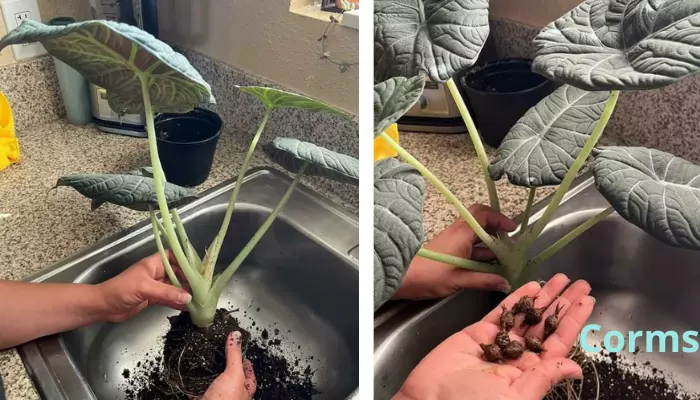
Successful repotting needs a few fundamental tools, which include gloves, a new plant pot, water, and fresh potting soil.

Propagation of Jewel Alocasia :
The best method to propagate Alocasia Maharani is plant division. Mature plants produce new growth, which is also called offsets or pups. All you have to do is to detach the plant from the mother plant and plant it in a separate pot. Propagation can be done during the summer and spring seasons when the plant is in the active growth stage.
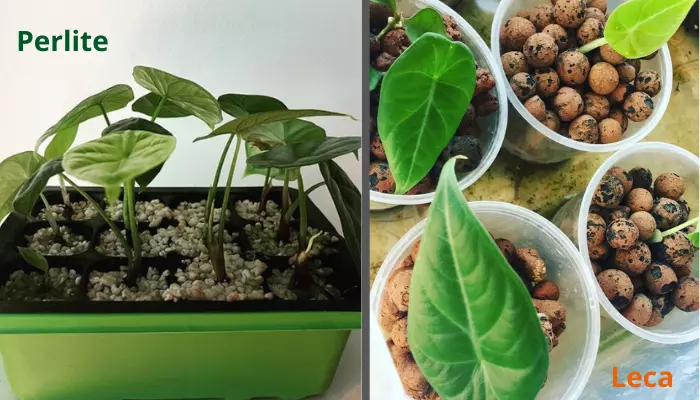
Steps of propagation

Fertilizer
Unlike other members of the Alocasia family, the beautiful Alocasia Maharani’s growth rate is slow, and that’s why it is not a heavy feeder. It needs fertilizer once a month in summers and spring. As for winters are concerned, do not apply fertilizer as the plant enters dormancy in winters, and its growth rate slows down, which means it needs fewer nutrients.
Make sure that you use diluted fertilizer for the plant. For Alocasia Maharani, common houseplant fertilizers with high nitrogen levels work best to promote leaf growth.
Also, ensure to use fertilizer on moist soil as using it on dry soil will result in root burn, which will cause leaves to wilt.

Maintenance:
Alocasia Maharani is an easy-to-grow plant, requiring very little maintenance and pruning. When the plant grows, it sheds its older leaves that start to turn yellow. If you see any brown leave, remove them as the brown-colored leaves indicate that the plant has absorbed the required nutrients from them.
Also, the leaves have a broad texture and may attract dust quite easily. We recommend wiping the leaves with a damp cloth once a week. It will help in photosynthesis and maintain the leaves’ bright shiny texture.

Toxicity
Alocasia Maharani is a spectacular plant, but it’s toxic to humans and pets. Each part of the plant contains calcium oxalate crystals which cause irritation and swelling of the mouth, eyes, and throat.
Always wear gloves while trimming Alocasia Maharani, and wash your hands and tools thoroughly after pruning.

Pests Diseases & Common Problems
While you can successfully grow Alocasia Maharani indoors, it can be fussy when it doesn’t receive proper care. Lack of appropriate care may cause the following problems.
Overwatering
The most communal issue with Alocasia Maharani is overwatering. Signs of overwatering are yellow and drooping leaves, and leaves also become soft. To prevent this problem, water yeh plant once a week in summer and every 10 to 14 days in winter.
Water Mineral Content Sensitivity
Alocasias are predominantly sensitive to salts and minerals in tap water. These minerals and salts affect the plant and cause spots on the leaves. To avoid this problem, either use distilled water or let the water sit in a can overnight and then water the plants.
Pets and Diseases
Alocasia Maharani is a delicate plant that pests can easily damage. It is suggested to keep an eye on your plant and as soon as you see any issue, start treating it.
Root Rot
Root rot can be caused by poor drainage or overwatering. If you see any signs of root rot, remove the plant from the container and check the roots. Cut any soppy and brown roots and repot them in a well-draining potting mix.
Fungal Infection
Poor drainage and overwatering may also cause fungal infections in the plant. To treat fungal infections, take away the infected parts of the planta and use fungicides to treat any bacteria that aren’t visible. Also, use a container with a good drainage system.
Spider Mites Infestation
Alocasia Maharani is prone to spider mites’ infestations. To prevent spider mites, examine the undersides of leaves regularly. If you notice any spider mites, immediately insulate the plant. Please wash the leaves with warm and soapy water.
As spider mites attack and grow in dry conditions, increase the humidity levels by placing a pebble tray or humidifier near the plant. Regular misting is another option to prevent mites but ensure that water doesn’t sit on the plant for long, or else it will cause fungus.
Mealybugs
If the leaves of Alocasia Maharani start wilting and become pale in color, it means mealybugs have attacked the plant. To treat this problem:
- Combine a minor amount of natural soap and half a teaspoon of neem oil.
- Add this combination to a spray bottle that is half filled with water.
- Spray the plant with this mixture until it’s completely saturated.
Frequently Asked Questions
How big can an Alocasia Maharani plant grow?
Maharani is small sized plant compared to all other plants in the Alocasia genus. At maturity, it is about 14 inches tall.
Is Alocasia Maharani a rare plant?
Alocasia Maharani is considered rare and hard to find. You cannot easily find it in local nurseries. However, it is not as rare as Alocasia Dragon Scale or Alocasia Silver Dragon.
How fast does Maharani grow?
Alocasia Maharani is a slow grower, and it takes almost two to three years to reach its prime height. Nevertheless, you can quicken the growth by keeping it in warm indoor conditions.
Can I throw my Alocasia Maharani plant when its leaves are lost?
No, you shouldn’t throw the plant out as Alocasias store energy in their tubers, and there is a chance it may have life. Place the plant in a warm area with good air circulation, and you’ll be surprised to witness your Alocasia recovery.
Final Words
Alocasia Maharani is an excellent indoor plant for those who like low-maintenance plants. Although it is an easy-to-grow plan, it needs a specific environment to grow. Maharani is happy in warm, humid conditions with no direct sunlight and plenty of moisture.
We hope this article will significantly aid you in caring for this beauty. But remember to keep it in the areas with more humidity and warmth, like the kitchen and bathroom.
Happy Planting!!!
Related Posts
Philodendron Brandtianum Care Guide
This exquisite tropical plant gracefully serves as both a cascading or an ascending green presence. Distinguished by its heart-shaped foliage, Philodendron Brandi boasts lush olive-green leaves adorned with captivating silver and white accents, earning it its distinctive name. Hailing from…
Philodendron Splendid Care and Propagation Tips
In the vast dominion of nature’s vegetal treasures, there exists a plant that effortlessly captivates with its inviting appeal and enchanting foliage- the Philodendron Splendid. This botanical masterpiece manifests unparalleled beauty through its exceptional features. Philodendron ‘Splendid’ (Verrucosum x Melanochrysum) is…
Philodendron Pastazanum Care Guide for Successful Growth
Philodendron Pastazanum is an easy-to-care exotic plant with stunning heart-shaped foliage. Pastazanum features heart-shaped, glossy, ribbed dark green leaves, making it one of the most sought-after plants. This beautiful plant is a crawler, growing petioles vertically from the stem and…
Philodendron Squamiferum Care & Growing Guide
Welcome a stunning ornamental foliage plant of the Philodendron genus- the Philodendron Squamiferum, an exotic plant that will surely steal your heart with its unique and captivating appearance. This rare species of Philodendron, also known as the “hairy” or “red-bristle”…
Philodendron Mamei (Silver Cloud) Care and Growing Tips
Philodendron Mamei is an amazingly low-maintenance, classic heart-shaped Philodendron, making it a perfect choice as houseplant for beginners and those struggling to keep their plants alive. Well, we all plant parents appreciate plants that are not demanding and easy to…

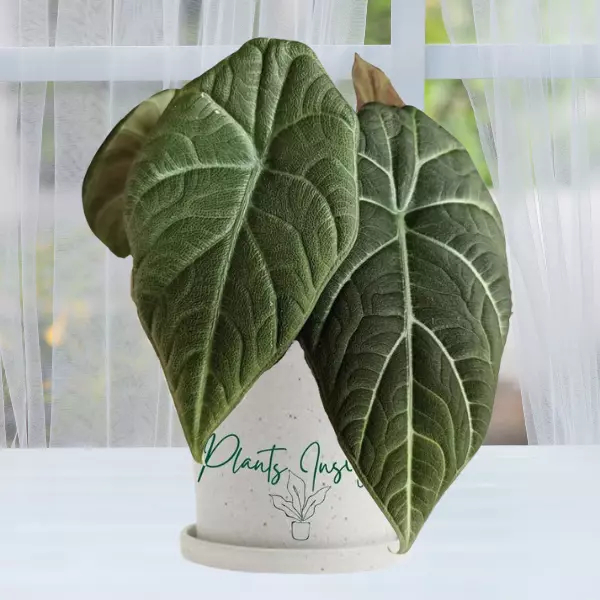




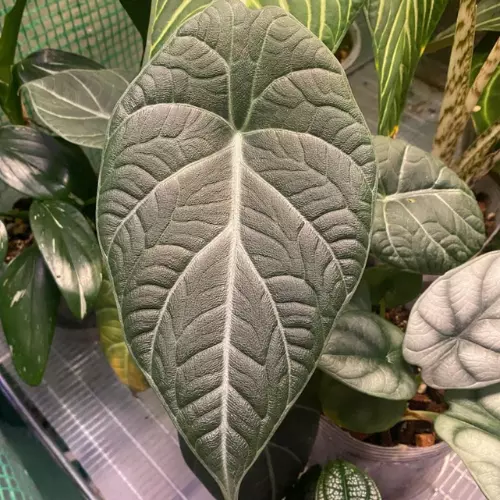
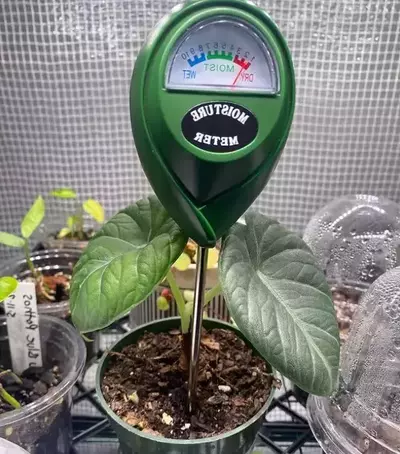

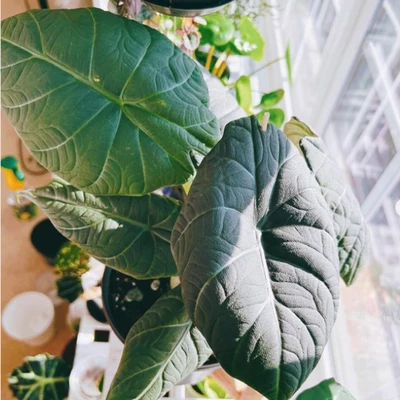
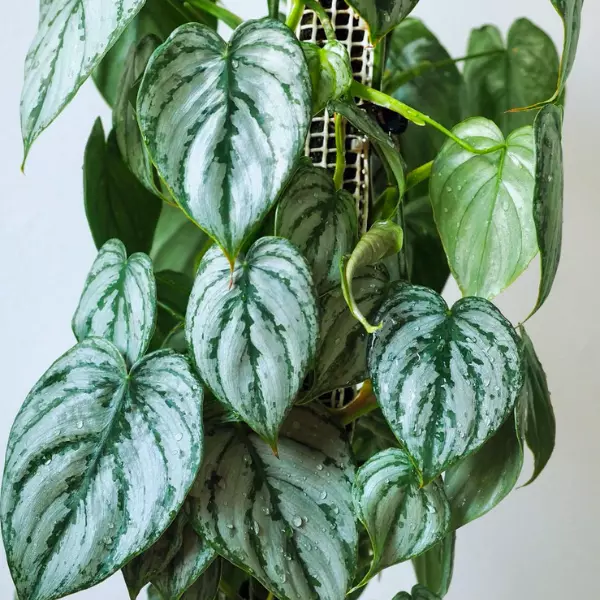
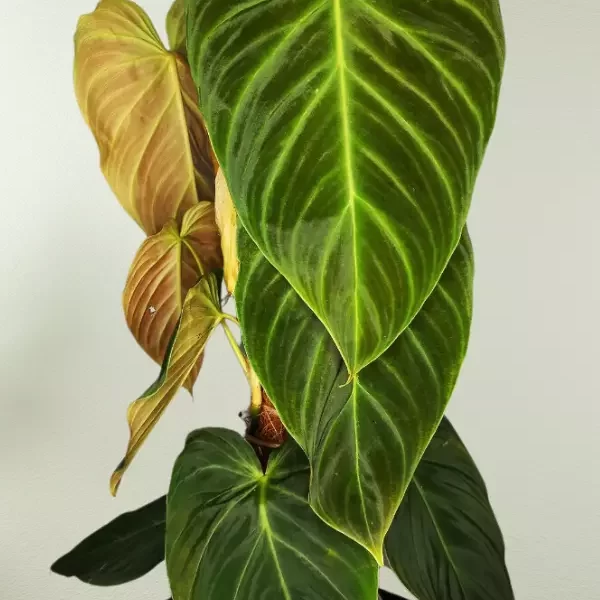
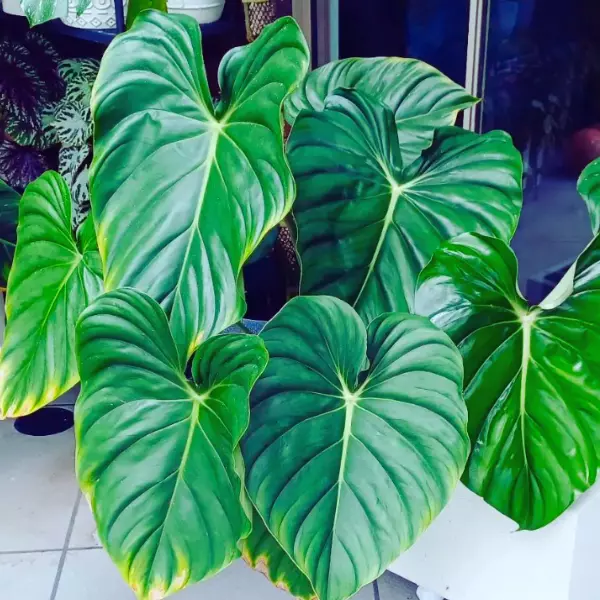
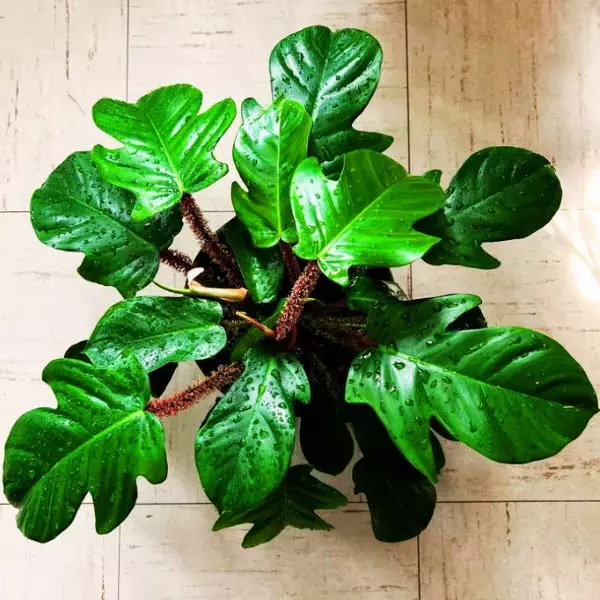
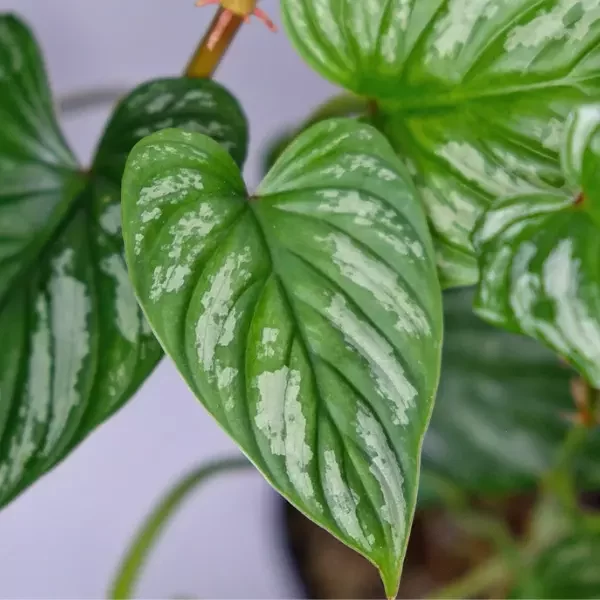
This design is incredible! You obviously know how to keep a reader amused. Between your wit and your videos, I was almost moved to start my own blog (well, almost…HaHa!) Wonderful job. I really enjoyed what you had to say, and more than that, how you presented it. Too cool!